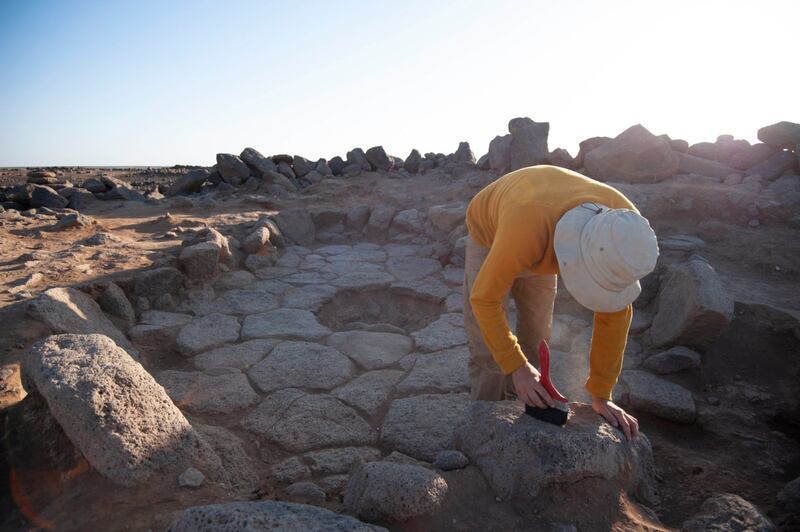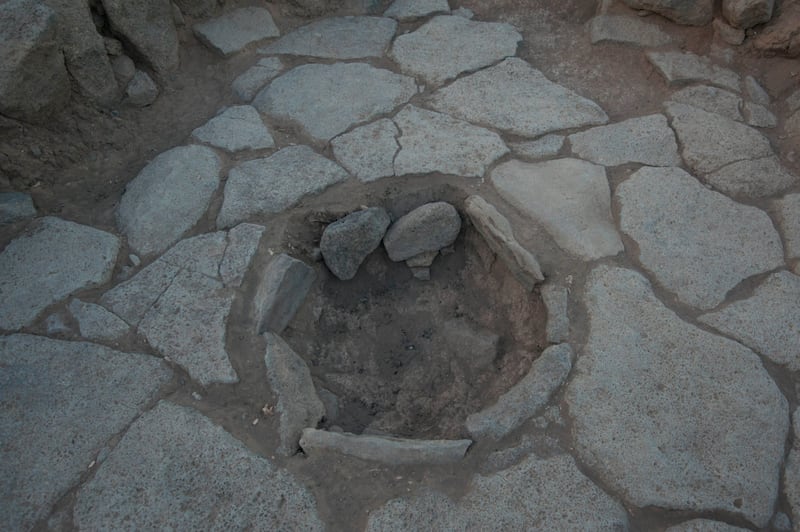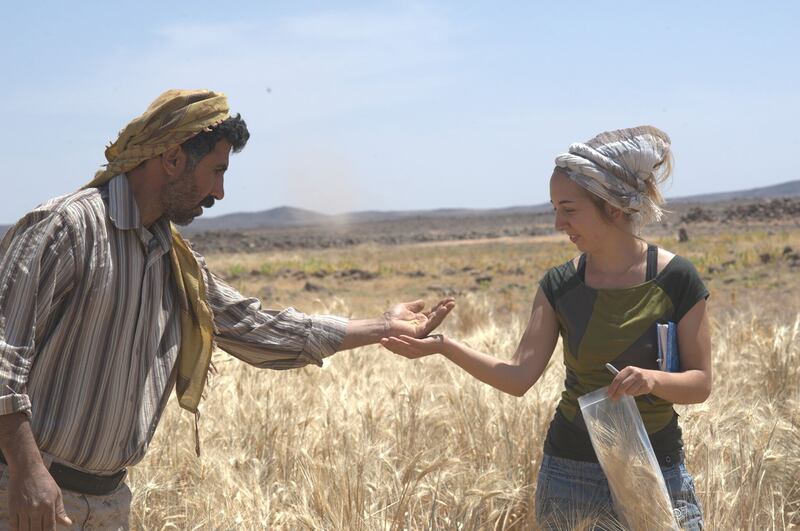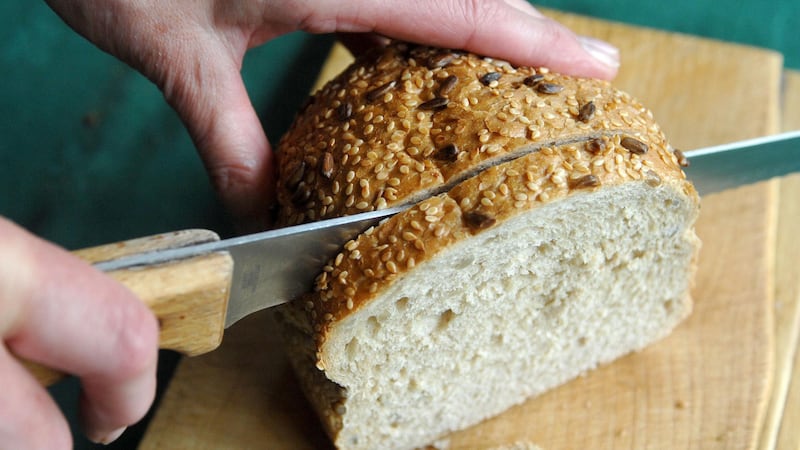Remnants of what may be the oldest bread ever baked have been discovered in a middle-eastern desert.
The 14,400-year-old charred crumbs found in Jordan prove that bread making pre-dated the advent of agriculture by at least 4,000 years.
Scientists believe the bread was made by hunter-gatherers using wild versions of einkorn wheat, barley and oats.
Over time, early bread making may have encouraged cereal cultivation and helped sow the seeds of the agricultural revolution.

The discovery, reported in the journal Proceedings Of The National Academy Of Sciences, was made at an archaeological site known as Shubayqa 1 in the Black Desert of north-eastern Jordan.
There, scientists uncovered two well preserved buildings, each containing a large circular stone fireplace within which the bread crumbs were found.
The site was occupied by the ancient Natufian people 14,400 years ago, long before the development of farming.
Previously the oldest evidence of bread making had come from a 9,000-year-old Neolithic site at Catalhoyuk in Turkey.
Professor Dorian Fuller, a member of the international team from University College London, said: “Bread involves labour intensive processing which includes dehusking, grinding of cereals and kneading and baking.
“That it was produced before farming methods suggests it was seen as special, and the desire to make more of this special food probably contributed to the decision to begin to cultivate cereals.”
On average, the 24 crumbs analysed were 5.7mm long by 4.4mm wide and 2.5mm thick.
Viewing the fragments under an electron microscope, the scientists found tell-tale signs of grinding, sieving and kneading.

Preserved remains of tubers and other non-cereal plants were also found at the site, as well as chipped stones, ground stone tools and animal bones. There was evidence that a root, thought to be club-rush tuber, was incorporated into the bread as well as cereal.

Danish archaeologist Professor Tobias Richter, from the University of Copenhagen, who led the excavation, said: “Natufian hunter-gatherers are of particular interest to us because they lived through a transitional period when people became more sedentary and their diet began to change.
“Flint sickle blades as well as ground stone tools found at Natufian sites in the Levant have long led archaeologists to suspect that people had begun to exploit plants in a different and perhaps more effective way.
“But the flat bread found at Shubayqa 1 is the earliest evidence of bread making recovered so far, and it shows that baking was invented before we had plant cultivation.
“It may be that the early and extremely time consuming production of bread based on wild cereals may have been one of the key driving forces behind the later agricultural revolution, where wild cereals were cultivated to provide more convenient sources of food.”








